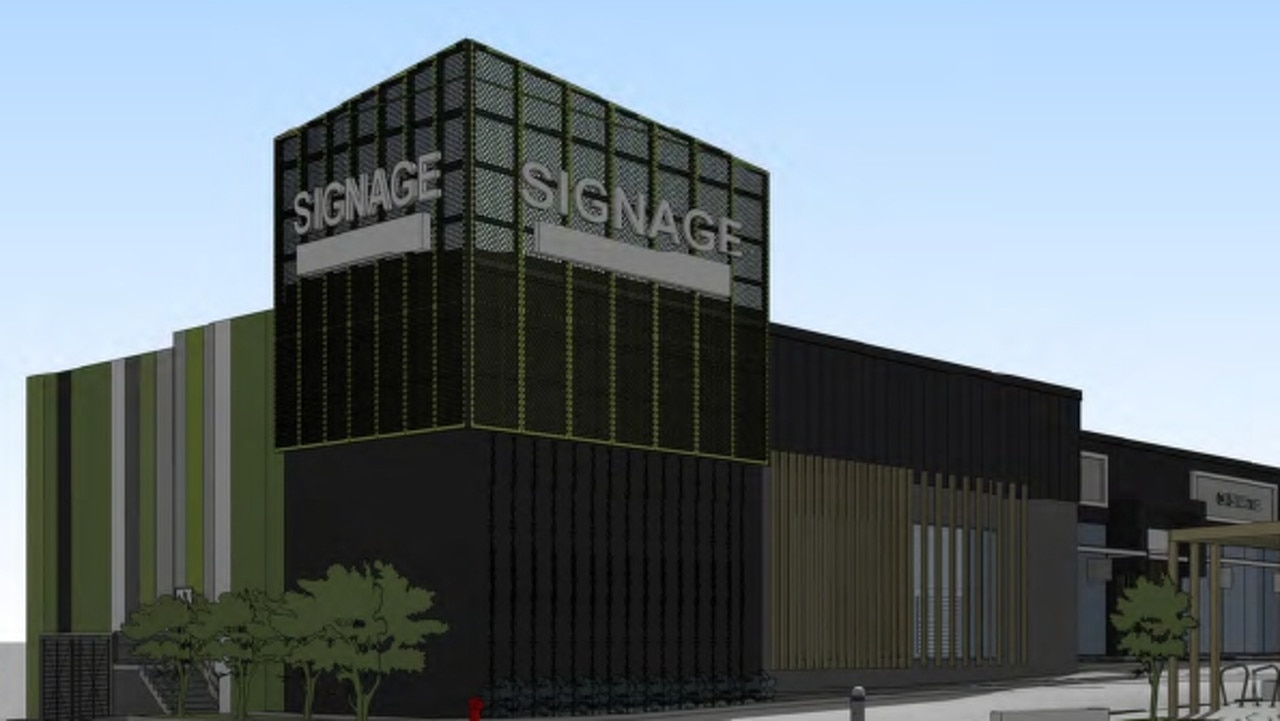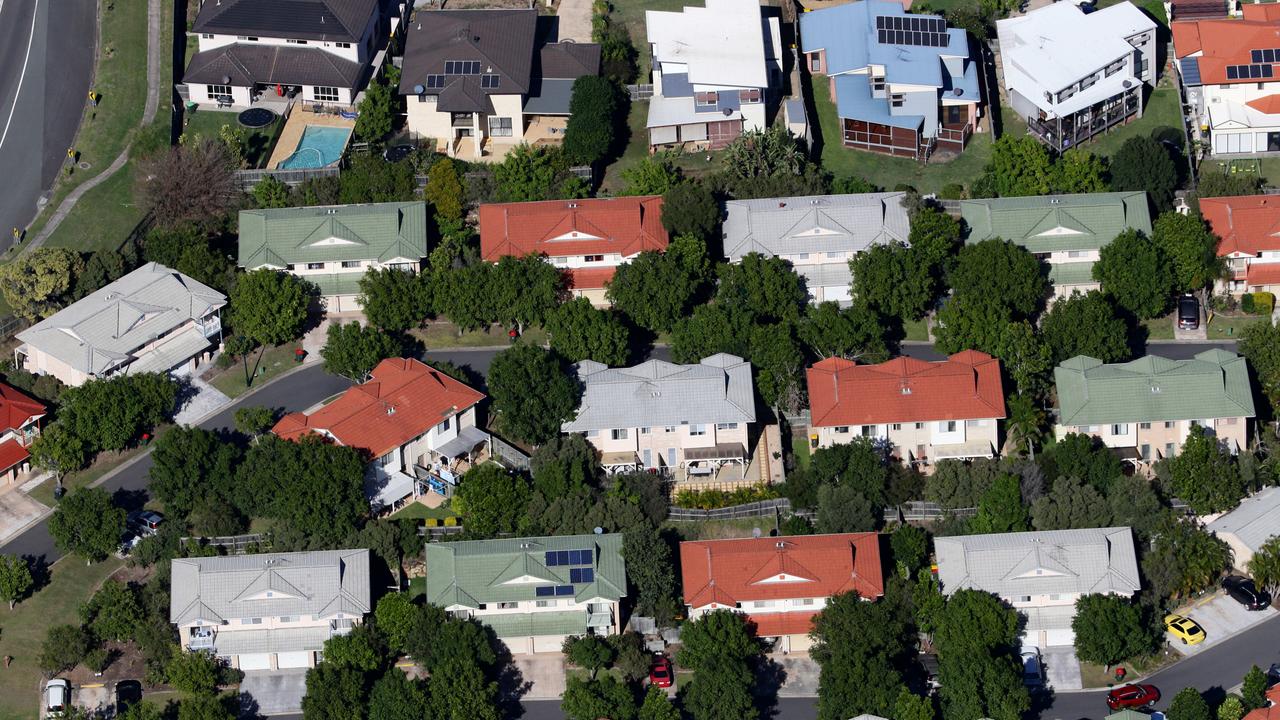End of the housing boom: how rate rises will impact every suburb in NSW
Coming rate rises will force homeowners to spend thousands extra on their loans this year, with Sydneysiders who bought in recent boom suburbs facing the biggest risks. SEARCH YOUR SUBURB
Property
Don't miss out on the headlines from Property. Followed categories will be added to My News.
Sydney’s boom suburbs are now the areas where homeowners face the biggest shocks from rising interest rates.
Analysis of loan and home price data shows there are nearly 300 city suburbs where a 1 per cent rate rise would mean homeowners must pay more than $500 extra in average monthly repayments.
This included 68 suburbs where repayments for those who bought in the last year will rise by an average of more than $1000 a month, according to the study powered with PropTrack data..
A 1 per cent rise in rates has been widely projected by banks to be a reality by year-end, with the Reserve Bank expected to announce more rate rises following their landmark Tuesday decision to up the cash rate for the first time in 11 years.
Many of the areas where homeowners faced the prospect of the biggest loan repayment increases were in hot demand during last year’s housing boom.

They were also where buyers were more likely to stretch their budgets to snap up a home – sometimes paying us much as $1m over the reserve price at auctions last year.
Prices in some of these areas surged more than 40 per cent last year alone, according to PropTrack.
Some of the areas with the most extreme price hikes were in Sydney’s east, inner west and Northern Beaches and the Central Coast.
These include Malabar, south of Maroubra, where prices jumped nearly 53 per cent last year, and Northern Beaches hinterland suburb Allambie Heights, where the price surge was 41 per cent.
Homeowners who purchase at the suburb median in both areas with a 20 per cent deposit and took a loan with an average rate of 2.43 per cent potentially face the prospect of $1110-$1450 in extra loan obligations if rates rose by 1 per cent.
It was a similar situation in Strathfield and Strathfield South, where the median property price ballooned by 65-68 per cent in the space of a year. Recent homeowners in those suburbs could pay $560-$600 more a month.
PropTrack economist Angus Moore said homeowners in these and other areas would have had their loans “stress tested” by lenders at higher rates and would be able to afford the increase, but it would still “hurt”.
“Whether you’re rich or poor, that’s money you used to put into other things,” Mr Moore said.
The PropTrack study comes as housing experts warn Sydney’s housing market will be the most impacted by rising rates because it has the biggest housing affordability challenges.
Rising rates could also put a brake on any rises in prices for the foreseeable future, with modelling from SQM Research revealing Sydney prices will drop by an average 7 per cent this year.
SQM Research director Louis Christopher said the most vulnerable homeowners are those who purchased with small deposits.

These owners face a high chance of owing more on their mortgage than their properties would be worth, Mr Christopher said.
“We are warning against low deposit offerings. Those who took it up could be sitting with negative equity by year’s end,” he said.
“Generally, it’s not the affluent who will be most vulnerable. It’s middle to lower-income earners because mortgages represent more of their income.”
Owners in negative equity would have to avoid selling at all costs, Mr Christopher said.
“You’d need to hold on for dear life. It’s a precarious situation. You have to make sure you pay the banks on time and not give them a reason to call in the loan.”
Buyer’s agent Rich Harvey, CEO of Property Buyer and former president of the Real Estate Buyer’s Agents Association, said those who let “FOMO” get the better of them last year could also be in trouble.
“If you paid a lot over for something on a main road, next to a petrol station, or anything that most buyers don’t like, you’re going to have a problem if you need to sell,” he said.

Sai Charan Bellia and wife Sruti Devanand said they were relieved they took heed of the threat of rising rates when they bought their house at Denham Court two years ago.
“We bought much lower what we could borrow because we knew rates would rise,” Mr Bellia said.
The couple recently refinanced their home and withdrew $120,000 equity to purchase two investment properties through MLS Finance, but said they weren’t concerned about getting into more debt. “I think if you buy well, you’ll be fine,” Mr Bellia said.



